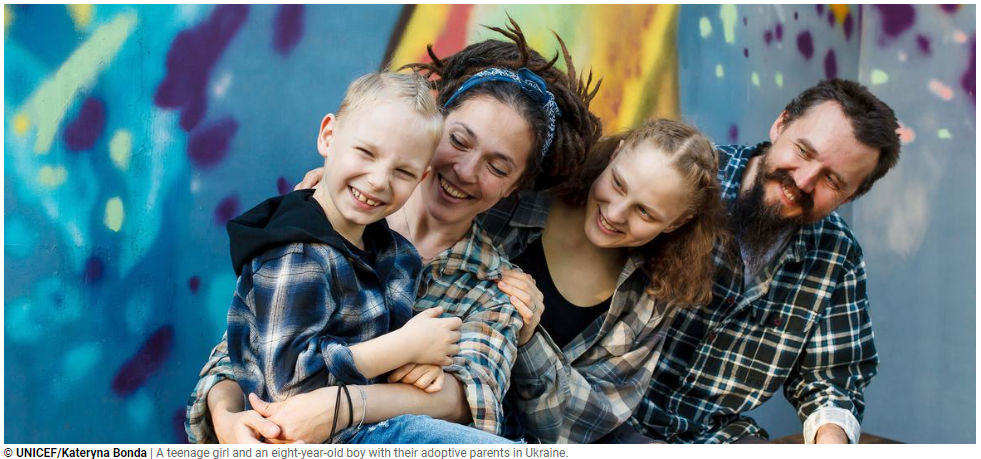The UN Children’s Fund’s investigation, Pathways to Better Protection, reveals that children with disabilities account for up to 87 per cent of those in care, where data is available.
In addition, the numbers of unaccompanied children seeking asylum in such institutions in western Europe is on the rise.
“We have a long way to go before ending Europe and Central Asia’s long and painful legacy of institutionalizing children,” said Regina De Dominicis, UNICEF director for the region.
Children in institutions often struggle to form positive relationships throughout childhood and adulthood, leaving them feeling isolated and lonely.
Moreover, those in residential care, particularly from a young age, may experience cognitive, linguistic and other developmental delays, making them more susceptible to falling foul of the legal system and being institutionalized again.
Some positives
Despite these challenges, the UNICEF report highlights some positive trends.
In Bulgaria, Moldova and Georgia, family-based care has become the norm versus formal alternative care thanks to government policies and increased investment.
In Türkiye and Romania, investments in prevention, family support and foster care promotion have led to a reduction in the number of children in certain types of residential care facilities.
However, the report underscores the lack of progress for children with disabilities. In countries with available data, figures increased in all settings between 2015 and 2021.
Shutdown of large-scale facilities
To conform with the Convention on the Rights of the Child (CRC), the Convention on the Rights of Persons with Disabilities (CRPD) and the UN Guidelines on Alternative Care, UNICEF emphasized the need for the systematic closure of large-scale institutions used to house and educate children.
This includes replacing residential facilities for children with disabilities or unaccompanied and separated children with high-quality family and community-based care.
UNICEF called for increased resources to support early identification and intervention for at-risk children, a robust social service workforce, family support services to prevent unnecessary family separation and quality foster care for children in need of protection.
The agency stressed the importance of reallocating resources from institutional care to family and community-based care and ensuring investments in quality data.




